Budgies are natives of Australia, and this is the only place where truly wild flocks can be found. There are feral populations of the birds elsewhere in the world, notably in parts of Florida in the USA. These are all derived from escaped birds, however; and even in areas where these feral flocks seem to be thriving, a harsh winter can wipe them out.
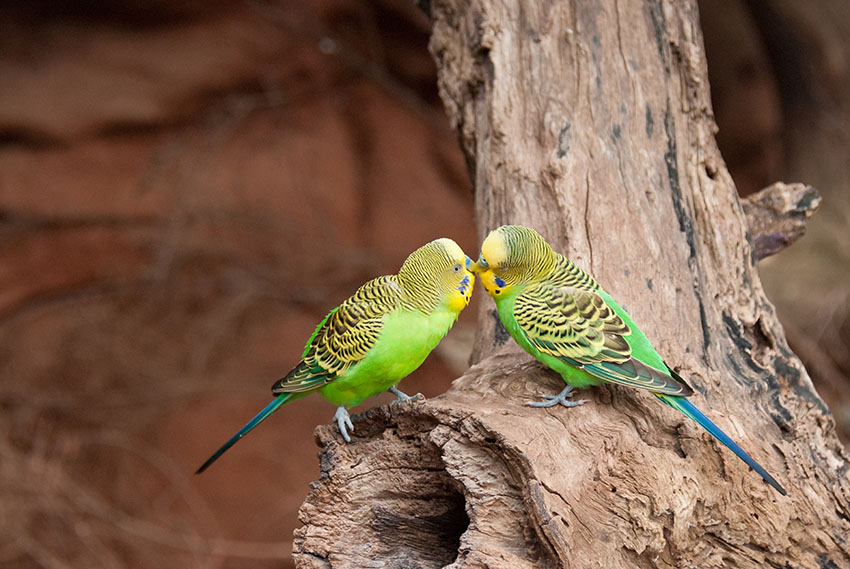
Budgies at home in their native Australia
In the UK, a wild population stands little chance of making it through the average British winter. Of all the parrot family, only the ring-necked (or rose-ringed) parakeet (Psittacula krameri) has managed to establish a wild population in Britain, but only in the relatively mild climate of London and the South East.
Where Do Budgies Live?
The open scrubland and grassland of Australia are the budgie’s natural habitats. The birds brighten up the skies throughout the mainland, apart from the wetter areas of the east, the far south-west, and the northern edges of the Northern Territory. It feels most at home in hot, dry areas, but never too far from water. Indeed, much of the birds’ restless, nomadic lifestyle is about chasing down the best seasonal food and water sources.
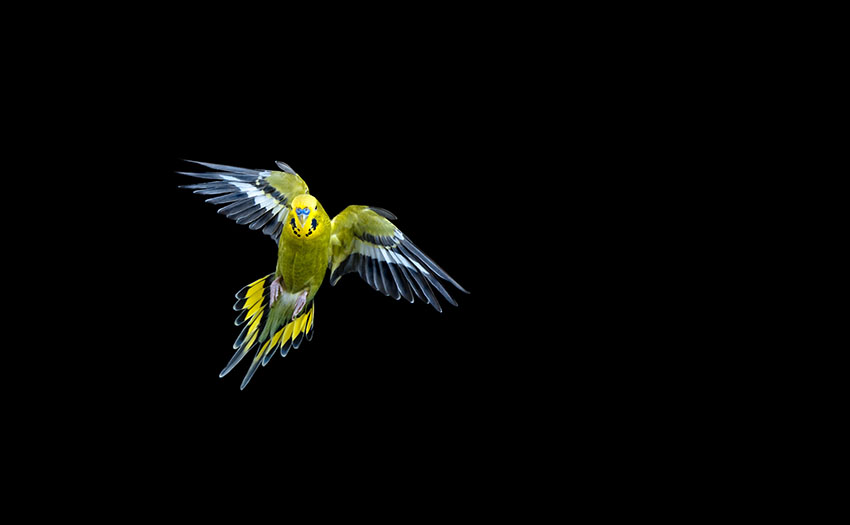
Budgie in flight
This constant pursuit of the most abundant food and water takes wild budgerigars several thousand miles each year. In times of drought they are versatile – and intelligent – enough to seek out woodland or less arid coastal areas. Grass seeds might be their favourite food, but they’re not fussy when times are hard, and will happily nibble on all manner of fruit, leaves, plants, and even invertebrates. This liberal approach to diet has often landed them in trouble with humans, when their nomadic lifestyle has brought them to fields of wheat, barley and other agricultural prairies.
Wild Budgie Behaviour
Budgies adopt a ‘safety in numbers’ approach in the wild. If you are one of several thousand, there is less chance of being picked off by a predator. Some birds do fall prey, however, and their commonest enemies are kites and falcons.
The size of budgie flocks varies. A typical gathering can be anything from three to more than a hundred. However, if there has been a heavy rainfall and the landscape is suddenly sprouting budgie food as far as the eye can see, flocks can merge into tens of thousands. This gives a useful context for anyone considering keeping just a single budgie – they are wired up as highly sociable animals and crave company. If you keep one alone, you’ll need to be its surrogate flock!
Versatile and adaptable though they are, budgies are also creatures of habit. In the wild the flock drinks at daybreak, and then flies off in search of food. They seek out shady branches during the hottest part of the day to prevent dehydration.
In times of drought budgies gather in huge numbers at any puddle they can find, and if there's no surface water they have an invaluable trick up their feathered sleeves. They locate damp ground and wait for kangaroos to arrive, having noticed way back in their evolutionary history that a kangaroo is able to dig for water. With the arrival of humans, a second potential well-digger had arrived in the budgie’s life. This was probably the trigger for the bird’s expansion across much of Australia, following the diggers.
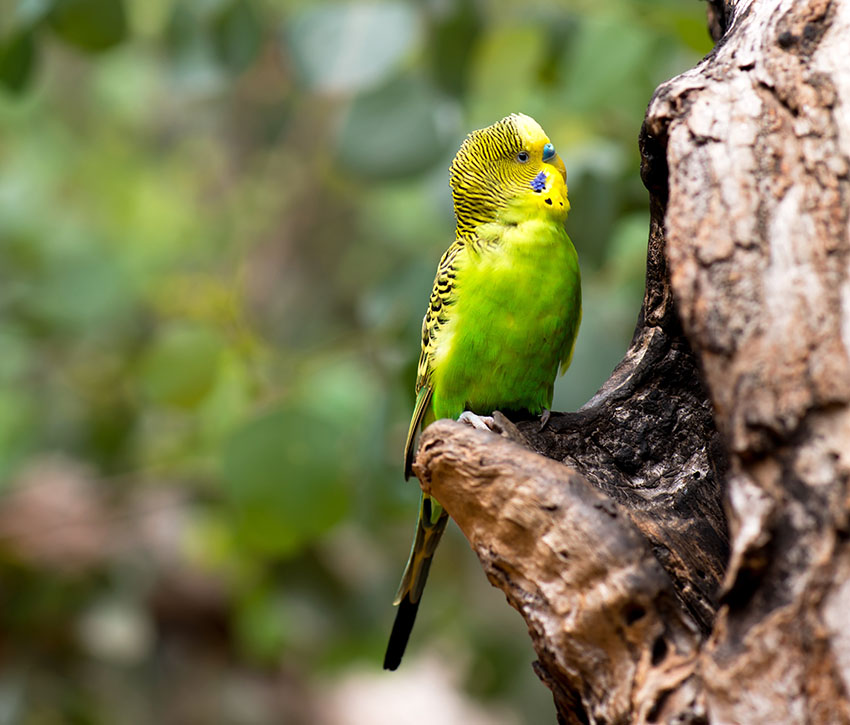
Wild budgie in a eucalyptus tree
In the wild, budgies roost together in trees. They build their nests in hollow tree trunks or other cavities, their favourite choice of home being the eucalyptus. A mature tree can be an avian metropolis, with several budgies occupying the smaller holes, and other birds such as cockatiels taking up residence in the larger cavities.
Budgerigars in Captivity
Keeping and breeding budgies, and developing new varieties of the bird, has been a popular hobby in Britain since the late 19th century. Budgie fanciers can now be found across the world. There is not a huge amount of genetic diversity in the budgerigar (compared with chickens and ducks, for example), and the differences between various types are largely down to colour.
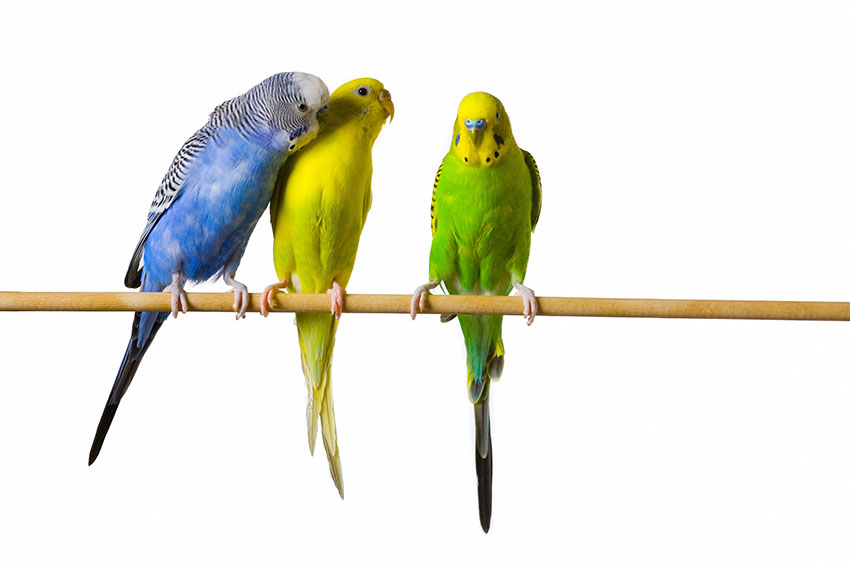
Pet budgies on a perch
The pet budgie is usually larger than its wild ancestor too, with its fluffier feathers giving the impression of a bulkier head. See the section Budgie breeds, below, for a more in-depth look at budgie varieties.
Budgerigar Breeders
Many pet shops stock budgies; but you can also buy birds directly from breeders, who will know the exact age of every bird they have (which is not necessarily the case with larger pet stores). Every region in the UK has its local budgerigar breeders, and many other countries are equally well served. An internet search for “budgie breeders in [your chosen county or city]” is a good place to start.



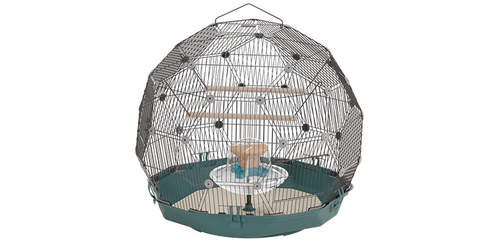
Comments
Donna, 3 August 2024
Glasgow? Hmm, I would like to go to Glasgow. Maybe I can see parakeets there.
An Omleteer, 19 June 2022
Contrary to the information in this article, there are actually huge numbers of wild parrots in Glasgow, as well as several northern English cities.